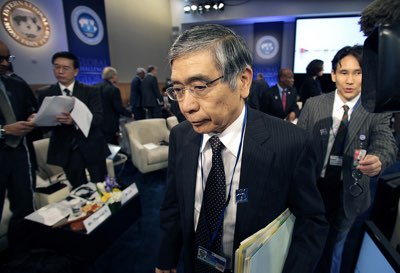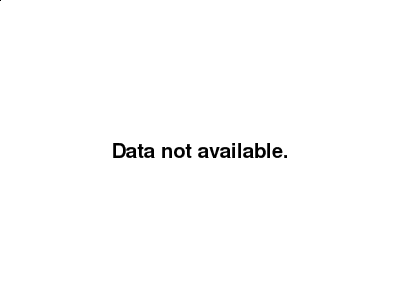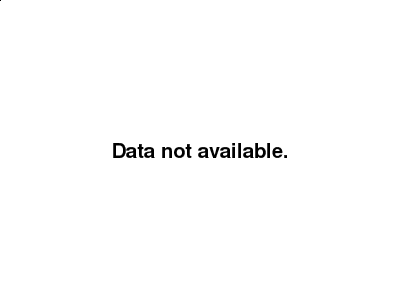
Japan’s central bank chief on Wednesday ruled out a near-term interest rate hike amid risks from global trade disputes, but also raised a firm warning about vulnerabilities in the financial system from years of loose monetary policy.
The Bank of Japan on Wednesday kept its policy settings unchanged, as widely expected, and cut its inflation forecasts.
In comments after the decision, Governor Haruhiko Kuroda said the BOJ was ready to address threats to Japan’s growth from escalating Sino-U.S. trade frictions through monetary easing steps, including rate cuts or increased asset buying, if necessary.
“It’s true there are downside risks to the outlook and most of them are driven by external factors. If such risks turn out to have a big impact on Japan’s economy, prices and markets, we will of course take monetary policy action,” Kuroda said.

But the BOJ issued a slightly stronger warning on financial vulnerabilities than it did three months ago, reflecting growing concerns that years of ultra-low rates were hurting bank profits and could discourage them from increasing lending.
In another sign the central bank was more mindful of the demerits of its policy, it announced on Wednesday changes to its bond-buying operations to revive a market sapped of liquidity by the central bank’s heavy involvement.
However, Kuroda stressed the BOJ would not raise rates to give financial institutions a breather.
“We have absolutely no plan to change our zero percent target for 10-year government bond yields,” he said.
“There could be times ahead where we would need to consider various steps. But for now, we have no pre-set plans in the works to address market function problems,” Kuroda said.
The complex mix of policy responses illustrates the difficulties policymakers face as they struggle to beat a deflationary mindset among Japanese consumers without adding to operating pressures for the country’s financial institutions, which have struggled with super-low interest rates.
In its decision on Wednesday, the BOJ kept its short-term rate target at minus 0.1 percent and the long-term yield target around zero percent.
Further complicating matters are increasingly challenging external conditions. Global trade frictions could hurt Japan’s economy and dampen prospects for achieving its inflation target. That could force the central bank to maintain its massive stimulus despite the rising costs.
“If it weren’t for the trade friction, the BOJ would be looking for ways to normalize policy. Normalization is off the cards for now,” said Hiroshi Miyazaki, senior economist at Mitsubishi UFJ Morgan Stanley Securities.

MARKET STRAINS PERSIST
In a quarterly report assessing Japan’s economic outlook and risks released on Wednesday, the BOJ said prolonged low rates could weigh on financial institutions’ profits and destabilize the banking system.
“Although these risks are judged as not significant at this point, it’s necessary to pay close attention to future developments,” it said. In the previous report in July, the BOJ only said such risks were not materializing.
The central bank’s report also cut its inflation forecasts and projected core consumer inflation to hit 1.5 percent in the year ending in March 2021 – well short of its 2 percent target.
Weak data added to views Japan’s economy may have peaked. Factory output fell more than expected in September as a series of natural disasters disrupted production, data released on Wednesday showed, reinforcing expectations the economy may have contracted slightly in the third quarter.
The central bank took steps in July to make its policy framework more sustainable, such as allowing bond yields to move more flexibly around its target.
But the measures have done little to revive bond market trading or give relief to banks. In a semi-annual review of Japan’s banking system, the BOJ warned that risk-taking in the country’s financial sector hit a near three-decade high as they struggle to earn profits.
While ruling out a rate hike, Kuroda said the BOJ could take further steps to ease the strain on markets. Indeed, the BOJ announced changes in its bond-buying operations shortly after the governor’s briefing.
The BOJ will reduce the frequency of its bond buying operations in November and aim to have government bonds traded in the secondary market longer than they currently are.
People familiar with the matter had previously told Reuters the BOJ was considering tweaking its bond buying operations to allow the government debt market to better reflect fundamentals.

